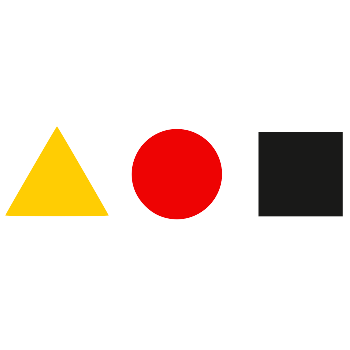Discover and explore top open-source AI tools and projects—updated daily.
rlpyt by  astooke
astooke
PyTorch library for deep reinforcement learning research
Top 20.0% on SourcePulse
This repository provides modular, optimized implementations of common deep reinforcement learning algorithms in PyTorch, targeting researchers and practitioners for small- to medium-scale experiments. It offers a unified infrastructure for policy gradient, deep Q-learning, and Q-function policy gradient methods, enabling high-throughput research with flexible parallelization and multi-GPU support.
How It Works
The library is built around a modular design, separating concerns into components like Runner, Sampler, Collector, Agent, Model, and Algorithm. It utilizes a custom namedarraytuple data structure for efficient organization and manipulation of NumPy arrays and PyTorch tensors, simplifying handling of multi-modal observations and actions. This approach allows for seamless integration of different components and facilitates easy modification and extension of algorithms.
Quick Start & Requirements
- Installation: Clone the repository and create a conda environment using provided YAML files (
linux_[cpu|cuda9|cuda10].yml). Then, either add therlpytdirectory toPYTHONPATHor install it as an editable package (pip install -e .). - Prerequisites: PyTorch, OpenAI Gym compatibility, and environment-specific packages (e.g., Atari).
- Documentation: Extended documentation is available at https://rlpyt.readthedocs.io.
Highlighted Details
- Supports policy gradient (A2C, PPO), deep Q-learning (DQN variants including R2D2-style recurrent), and Q-function policy gradient (DDPG, TD3, SAC).
- Features flexible sampling and optimization parallelism, including asynchronous updates and multi-GPU training via PyTorch's
DistributedDataParallel. - Implements various replay buffer types (uniform, prioritized, sequence, frame-based) and supports recurrent agents.
- Utilizes a
namedarraytuplefor efficient data handling, supporting multi-modal observations/actions.
Maintenance & Community
The project acknowledges support from Pieter Abbeel, the Fannie & John Hertz Foundation, NVIDIA, Max Jaderberg, OpenAI, and the BAIR community. Contributions are welcomed.
Licensing & Compatibility
The repository does not explicitly state a license in the provided README. Compatibility with commercial or closed-source linking is not specified.
Limitations & Caveats
The README indicates that the code is stable but may still develop, with potential for future changes. Some algorithms are listed as "Coming soon." The project does not include its own visualization tools, recommending https://github.com/vitchyr/viskit instead.
4 years ago
1 week

 navneet-nmk
navneet-nmk yandexdataschool
yandexdataschool stevenpjg
stevenpjg VinF
VinF pfnet
pfnet ghliu
ghliu Shmuma
Shmuma tambetm
tambetm Kaixhin
Kaixhin andri27-ts
andri27-ts ShangtongZhang
ShangtongZhang udacity
udacity